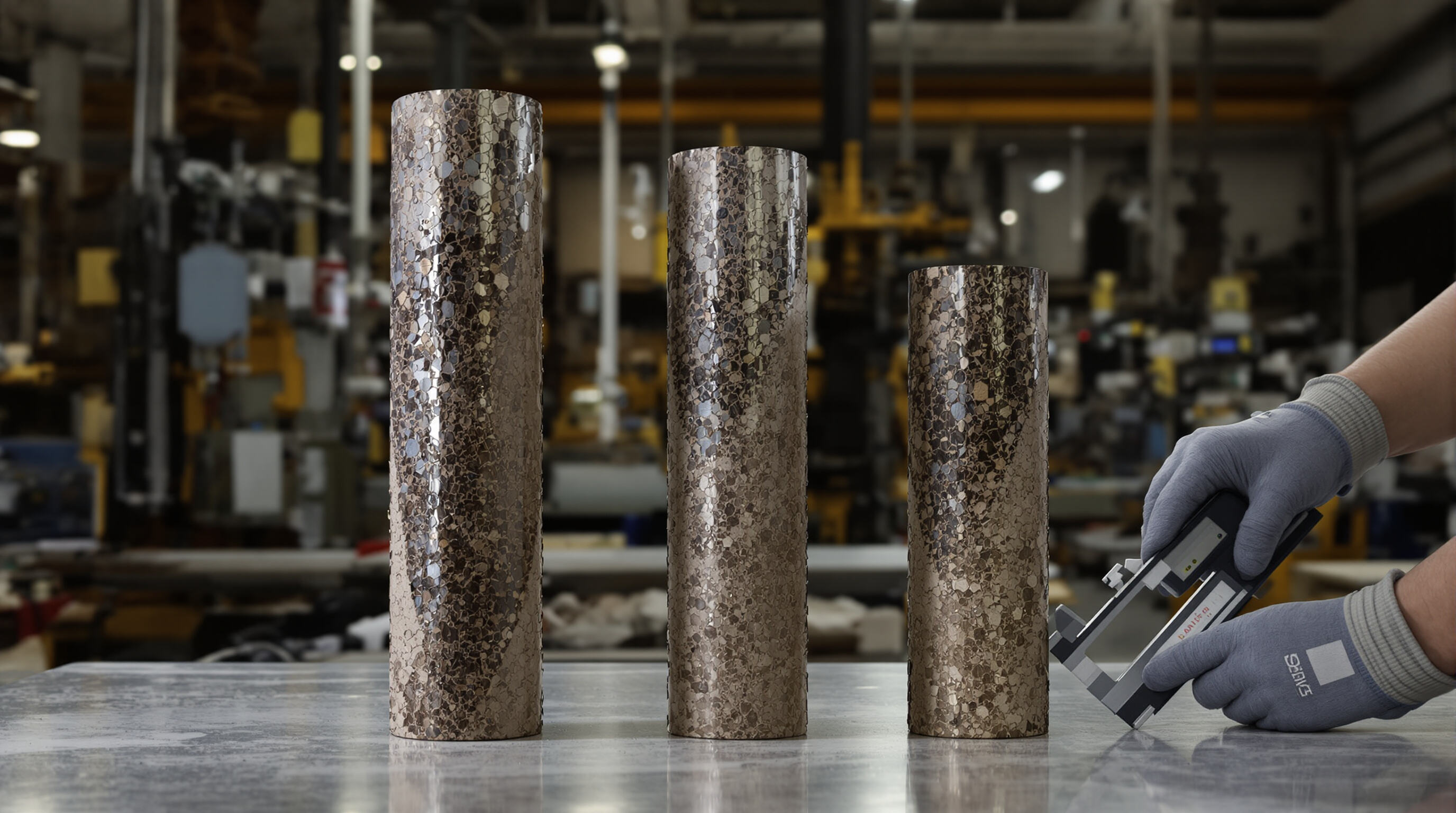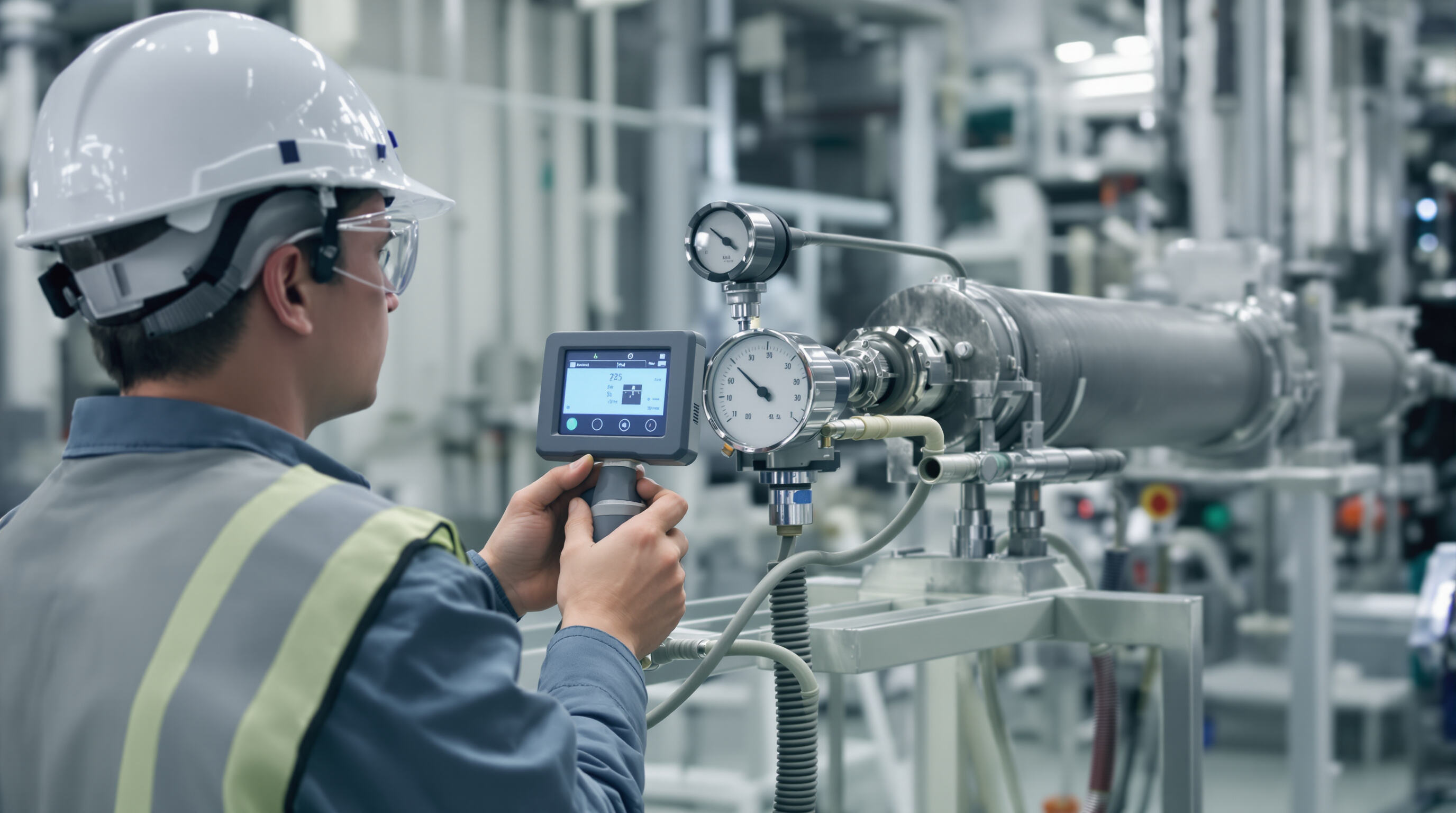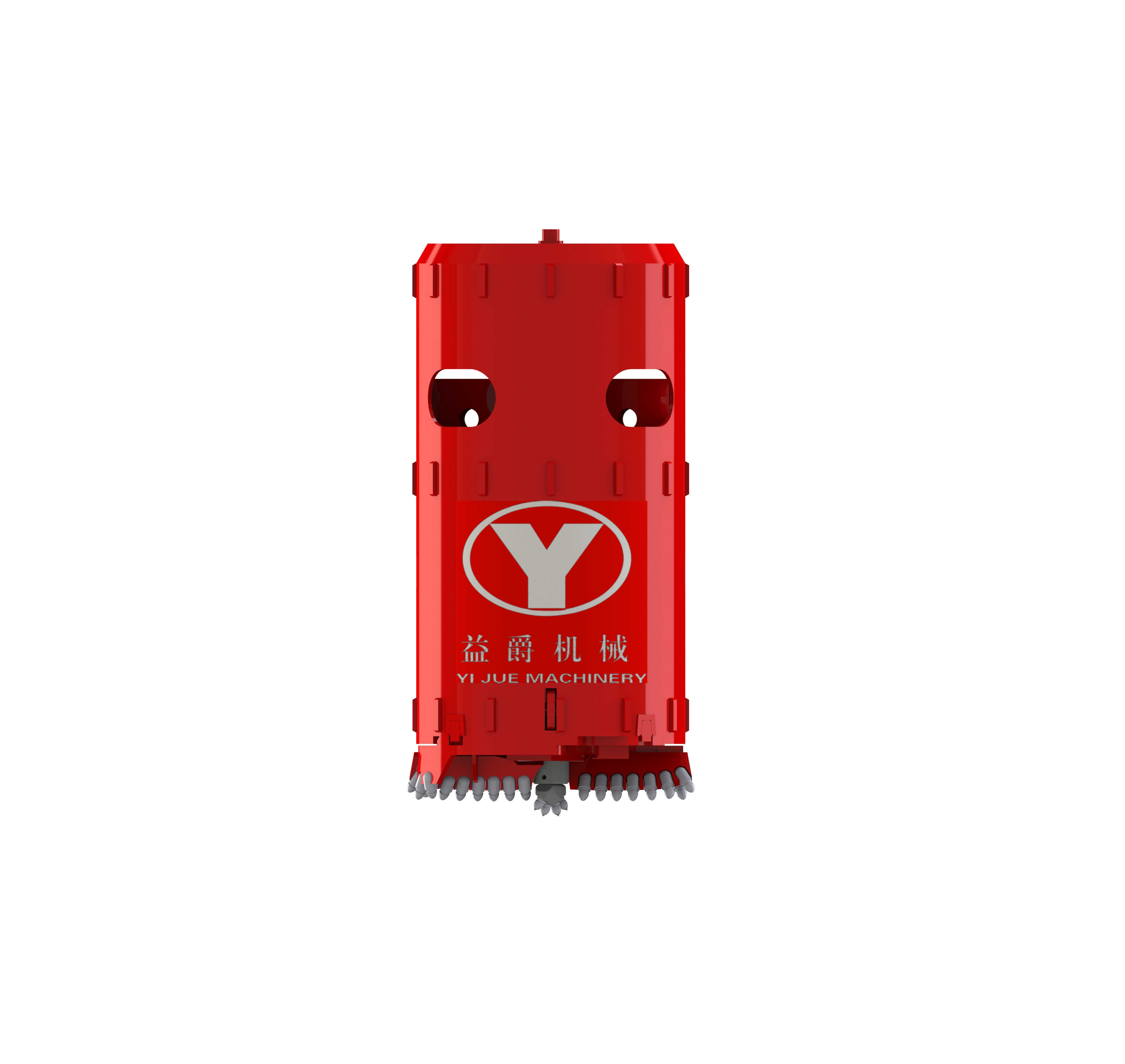Understanding Core Barrel Sizing: Diameter, Depth, and Project Fit

Core Drill Bit Sizing and Measurement: Key Metrics for Optimal Performance
When picking out the right core barrel, there are really three main factors to consider: how big around it is, how deep it can go, and the thickness of its walls. Most folks in the field stick with standard sizes these days - PQ at 85mm, HQ at about 63.5mm, and NQ coming in at 47.6mm. These dimensions offer a good compromise between getting decent samples and keeping operations running smoothly. The latest data from drilling techniques shows something interesting though. Those bigger PQ barrels definitely give better geological details for analysis, but they come at a cost. They need roughly 18 to 22 percent more power compared to their smaller counterparts, which makes a real difference when planning field operations.
| Core Size | Diameter | Best Applications | Efficiency Impact |
|---|---|---|---|
| NQ | 47.6mm | General exploration | 15% faster rotation speeds |
| HQ | 63.5mm | Structural analysis | 25% higher sample recovery |
| PQ | 85mm | Mining feasibility studies | 30% greater torque needed |
How Diameter and Depth Influence Core Barrel Selection
The 63.5mm (HQ) core barrel delivers 98% recovery in concrete up to 12m deep but demands 40% more coolant flow than NQ for effective heat dissipation. Depth directly affects barrel design: projects exceeding 20m require segmented systems to prevent core fracturing, while shallow applications (<6m) benefit from compact, rapidly deployable units.
Matching Core Barrel Size to Material Type and Project Scale
Reinforced concrete drilling requires diamond-impregnated barrels with ¥85mm diameters to navigate rebar without chipping. In contrast, sandstone formations are efficiently sampled using 47.6mm NQ systems. Large-scale infrastructure projects using PQ barrels reduced material waste by 28% in 2023 bridge construction studies compared to smaller diameters.
Case Study: Increased Efficiency by 35% Through Precise Core Barrel Sizing
A 2024 hydroelectric project achieved record efficiency by pairing 63.5mm HQ barrels with AI-driven torque sensors. This integration optimized drill speed across alternating granite and shale layers, cutting average coring time from 42 to 27 minutes per sample while maintaining 99.2% core integrity.
Selecting the Right Core Drill Type for Your Core Barrel System
Handheld vs. Stand-Mounted Core Drills: Balancing Mobility and Stability
Handheld drills offer 25% faster deployment in confined spaces such as plumbing or electrical retrofits. Stand-mounted systems provide superior stability for precision work on concrete slabs or structural beams, reducing sample distortion by up to 40% in vertical drilling applications.
Electric, Pneumatic, and Hydraulic Drive Systems: Matching Power to Core Barrel Load
Electric drills are ideal for low-intensity tasks (<6” diameter cores), offering quiet operation and standard 240V compatibility. Pneumatic models excel in dusty or hazardous environments with consistent 80–120 PSI output. Hydraulic systems power 78% of industrial operations requiring >12” core barrels, delivering triple the torque of electric units for sustained deep drilling.
Trend Analysis: Growing Adoption of Hydraulic Systems in Industrial Drilling
The hydraulic core drill market grew 19% year-over-year in 2023, driven by dual fluid-circulation capabilities that extend core barrel life in abrasive materials like granite and reinforced concrete. This growth aligns with rising demand for 18”+ cores in tunneling and geothermal projects.
Strategy: Aligning Core Drill Type with Core Barrel Durability and Efficiency
For high-volume operations (>200 cores/month) using diamond-impregnated barrels, hydraulic systems ensure optimal RPM (300–700 range) to prevent matrix stripping. In smaller masonry projects, electric handhelds paired with segmented barrels reduce operational costs by 33% while sustaining 90% recovery rates.
Material-Specific Core Barrel Selection for Peak Performance
Core Barrel Performance in Concrete, Rock, and Reinforced Structures
Material composition critically influences barrel performance. Abrasion-resistant alloys reduce wear by 40% in concrete drilling compared to standard models, while carbide-tipped designs are essential for penetrating rebar without compromising sample integrity. In rock formations, diamond-embedded systems achieve over 95% core recovery in granite, significantly outperforming conventional tools, which yield only 60–70%.
Diamond-Impregnated vs. Segmented Core Barrels: Use Cases and Efficiency
| Metric | Diamond-Impregnated | Segmented |
|---|---|---|
| Wear Resistance | 200–300 linear meters lifespan | 80–120 linear meters |
| Suitable Materials | Hard rock (granite, basalt) | Concrete, soft sandstone |
| Operational Speed | 30% slower, precision-focused | 20% faster, general use |
| Cost Efficiency | Higher upfront, lower long-term | Lower upfront, more replacements |
Segmented barrels dominate high-speed concrete coring with faster penetration, while diamond-impregnated tools minimize bit changes in hard rock. Field tests show these tools reduce fuel consumption by 18% per meter in quartzite due to optimized cutting geometry.
Evaluating Leading Core Barrel Brands: The Case of Wuhan Yi Jue Tengda Machinery
Product Range and Innovation in Core Barrel Design
Wuhan Yi Jue Tengda Machinery offers over 17 core barrel configurations spanning 40mm to 300mm diameters, including specialized models for reinforced concrete and mixed rock strata. Recent innovations include a patented segmented diamond matrix design that reduced heat generation by 22% in trials compared to traditional impregnated bits (2023 Drilling Materials Report).
Comparative Analysis: Performance Benchmarks
Independent testing confirms a 12% faster penetration rate in C50 concrete versus leading European brands, with 97% core integrity maintained across 1,200+ field uses. Key advantages include dual-flush ports for superior debris removal, modular thread connections compatible with 83% of global drill rigs, and 40% lower replacement costs over a five-year lifecycle.
Case Study: Improved Project Turnaround
The highway construction crew saw their borehole work speed up by almost a third once they started using equipment from Wuhan Yi Jue Tengda. Drill operators changed bits 18 percent less often while working through those tricky alternating layers of basalt and limestone. They managed to finish collecting all 162 core samples two full days before the deadline too. And let's not forget about the barrels lasting an impressive 1,700 linear meters with predictive maintenance keeping them going longer than most others in the same kind of rock formations. That's roughly 21% better than what's normally expected across the industry.
Maximizing Core Barrel Efficiency Through Maintenance and Operation

Best Practices for Core Barrel Cooling and Debris Removal
Effective cooling and debris management extend barrel life by up to 40% in abrasive environments. Critical practices include:
- Flushing protocols: Maintain coolant flow at 3–5 gallons per minute to prevent diamond matrix degradation
- Vacuum-assisted systems: Use reverse-flow mechanisms to automate cuttings removal, reducing downtime by 25%
- Temperature monitoring: Integrate infrared sensors to trigger alerts when barrel temperatures exceed 140°F
Impact of Improper Feed Pressure on Core Barrel Efficiency and Lifespan
Incorrect feed pressure accounts for 63% of premature core barrel failures in concrete drilling (Drilling Safety Institute 2023). Maintaining optimal pressure is crucial:
| Material Type | Safe Pressure Range | Efficiency Loss Beyond Range |
|---|---|---|
| Concrete | 800–1,200 PSI | 18% reduction per 100 PSI |
| Granite | 1,500–2,000 PSI | 23% reduction per 100 PSI |
Operators using real-time pressure gauges report 37% fewer bearing replacements annually.
Strategy: Implementing Predictive Maintenance for Continuous Operation
Top-tier contractors achieve 92% equipment availability using IoT sensor networks that monitor:
- Vibration patterns (early detection of bearing wear)
- Coolant conductivity (alerts for contaminant buildup)
- Torque consistency (indicators of gearbox health)
A 2023 field trial showed predictive maintenance reduced unplanned downtime by 210 hours per month in major infrastructure projects.
FAQ
What are the standard core barrel sizes?
The standard core barrel sizes often used in the field are PQ at 85mm, HQ at 63.5mm, and NQ at 47.6mm.
Why is core barrel diameter important?
The diameter impacts the efficiency of drilling projects and the quality of samples obtained. Larger diameters provide more geological detail but require more power.
What are the advantages of hydraulic drilling systems?
Hydraulic systems offer greater torque and are suitable for deep drilling. They are efficient in industrial settings, especially for larger core sizes.
How can maintenance impact core barrel performance?
Proper maintenance, such as coolant flow and debris management, can extend the life of a core barrel by up to 40% in abrasive environments.
Table of Contents
- Understanding Core Barrel Sizing: Diameter, Depth, and Project Fit
-
Selecting the Right Core Drill Type for Your Core Barrel System
- Handheld vs. Stand-Mounted Core Drills: Balancing Mobility and Stability
- Electric, Pneumatic, and Hydraulic Drive Systems: Matching Power to Core Barrel Load
- Trend Analysis: Growing Adoption of Hydraulic Systems in Industrial Drilling
- Strategy: Aligning Core Drill Type with Core Barrel Durability and Efficiency
- Material-Specific Core Barrel Selection for Peak Performance
- Evaluating Leading Core Barrel Brands: The Case of Wuhan Yi Jue Tengda Machinery
- Maximizing Core Barrel Efficiency Through Maintenance and Operation
- FAQ


